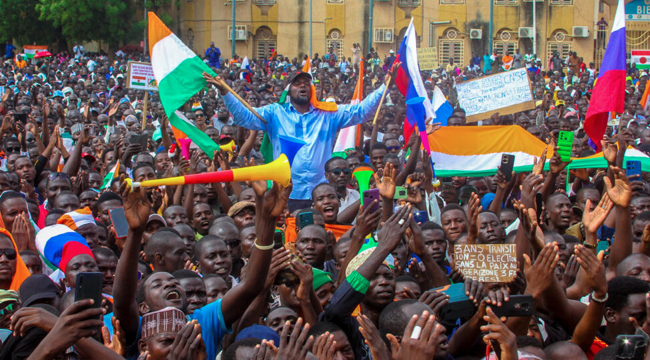The Regional Comprehensive Economic Partnership (RCEP) was signed by fifteen countries, comprising approximately 30% of the entire world’s Gross Domestic Product (GDP). This momentous deal was signed on November 15, 2020 on the final day of the virtual ASEAN summit in Hanoi, organised by Vietnam.
The agreement and participating countries
The aim of forming the RCEP was to provide freer movement of goods within the region under-mentioned, while also lowering the tariffs progressively and countering protectionism adopted by many countries.
The signed agreement had been in the making for approximately eight years before being approved and still had a long way before coming into action. It has twenty chapters, written down in 510 pages.
The RCEP includes the 10 ASEAN countries, namely, Brunei, Vietnam, Laos, Cambodia, Thailand, Myanmar, Malaysia, Singapore, Indonesia and the Philippines. Apart from these, the other members are China, Japan, South Korea, Australia and New Zealand. Once the partnership is operative, any nation can request to join within the first 18 months of its operation.
This trade agreement is likely to benefit Japan and South Korea the most. According to economists, $200 billion are likely to be added to the world economy annually because of RCEP by the year 2030.
The RCEP has two elements that stand out as compared to other free trade agreements from the past. The first one being the fact that it brings together China, Japan and South Korea into a free trade agreement for the first time. Even though the pact does not offer major changes, it is a leap in the right direction which these countries could not have achieved given their political relations.
The second element of RCEP is that it wipes out the ‘rules of origin’ which was prevalent in all of the Association of Southeast Asian Nations (ASEAN) agreements. Earlier, each of ASEAN’s trade agreements had different rules of origin for each country, which meant that a bike made in Malaysia could be eligible for free trade with South Korea but needed varied constituents to be eligible for a free trade agreement with Japan. Now, with RCEP coming into place that changes completely. A good manufactured for the RCEP is valid for all 15 countries in the agreement in the same way.
Where is the RCEP lacking?
Since the regions covered by RCEP are very diverse in terms of size and economic developments, it is a very modest trade agreement. It does not address agriculture, ecommerce and the inclusion of services as it should have. The fact that India backed out because of a fear of losing their own market due to inflow of cheap Chinese competition is also a huge loss for this agreement. Many believe that China might overshadow the rest of the countries in the future because of its enormous size. Even though the deal was driven by ASEAN, it could be dominated by China in the later stage.
Ratification status of the RCEP
The trade agreement can only come into effect only sixty days after at least 6 ASEAN nations and 3 others ratify it. It is likely to be a lengthy and time-consuming process because ratifications need to be done separately in each nation’s parliament.
According to the Commerce Ministry of China, all the signatories have mutually agreed to potentially complete the ratification process by the end of 2021 so that the deal can be implemented in early 2022. On February 11 this year, Thailand became the first nation to ratify the agreement. This was followed by China, Japan and Singapore all ratifying the agreement in April. Australia aims to complete the ratification process by the end of the year too.
The endorsers of RCEP hope that this agreement will help their economies recover better and quicker from the Covid-19 Pandemic induced stagnation and losses. The deal is said to dispose of many import tariffs in the coming 20 years.






Well researched and extremely well written. Kudos?❤
Great work ??